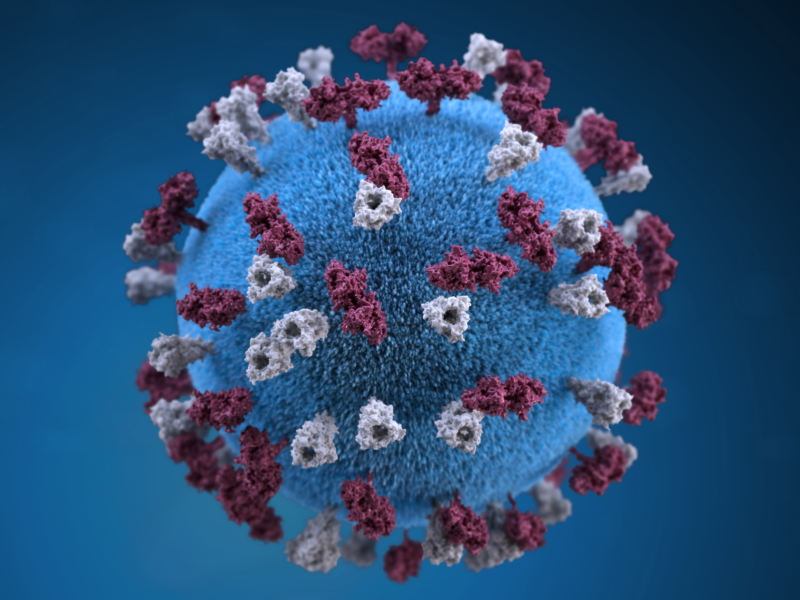When news broke that the Ebola virus had resurfaced in Uganda, investigators in Canada were making headlines of their own with research indicating the deadly virus may spread between species, through the air.
The team, comprised of researchers from the National Centre for Foreign Animal Disease, the University of Manitoba, and the Public Health Agency of Canada, observed transmission of Ebola from pigs to monkeys. They first inoculated a number of piglets with the Zaire strain of the Ebola virus. Ebola-Zaire is the deadliest strain, with mortality rates up to 90 percent. The piglets were then placed in a room with four cynomolgus macaques, a species of monkey commonly used in laboratories. The animals were separated by wire cages to prevent direct contact between the species.
Within a few days, the inoculated piglets showed clinical signs of infection indicative of Ebola infection. In pigs, Ebola generally causes respiratory illness and increased temperature. Nine days after infection, all piglets appeared to have recovered from the disease.
Within eight days of exposure, two of the four monkeys showed signs of Ebola infection. Four days later, the remaining two monkeys were sick too. It is possible that the first two monkeys infected the other two, but transmission between non-human primates has never before been observed in a lab setting.
While the study provided evidence that transmission of Ebola between species is possible, researchers still cannot say for certain how that transmission actually occurred. There are three likely candidates for the route of transmission: airborne, droplet, or fomites.
Airborne and droplet transmission both technically travel through the air to infect others; the difference lies in the size of the infective particles. Smaller droplets persist in the air longer and are able to travel farther- these droplets are truly “airborne.” Larger droplets can neither travel as far nor persist for very long. Fomites are inanimate objects that can transmit disease if they are contaminated with infectious agents. In this study, a monkey’s cage could have been contaminated when workers were cleaning a nearby pig cage. If the monkey touched the contaminated cage surface and then its mouth or eyes, it could have been infected.
Author Dr. Gary Kobinger suspects that the virus is transmitted through droplets, not fomites, because evidence of infection in the lungs of the monkeys indicated that the virus was inhaled.
What do these findings mean? First and foremost, Ebola is not suddenly an airborne disease. As expert commentators at ProMED stated, the experiments “demonstrate the susceptibility of pigs to Zaire Ebolavirus and that the virus from infected pigs can be transmitted to macaques under experimental conditions… they fall short of establishing that this is a normal route of transmission in the natural environment.” Furthermore, because human Ebola outbreaks have historically been locally contained, it is unlikely that Ebola can spread between humans via airborne transmission.
However, the study does raise the possibility that pigs are a host for Ebola. If this proves to be true in the wild, there are direct ramifications for prevention and control measures. It is still unclear what role pigs play in the chain of transmission. To continue work on answering this question, the team plans to take samples from pigs in areas known to have recently experienced Ebola outbreaks.
The Disease Daily has previously reported on Dr. Kobinger’s work on the Ebola vaccine.

